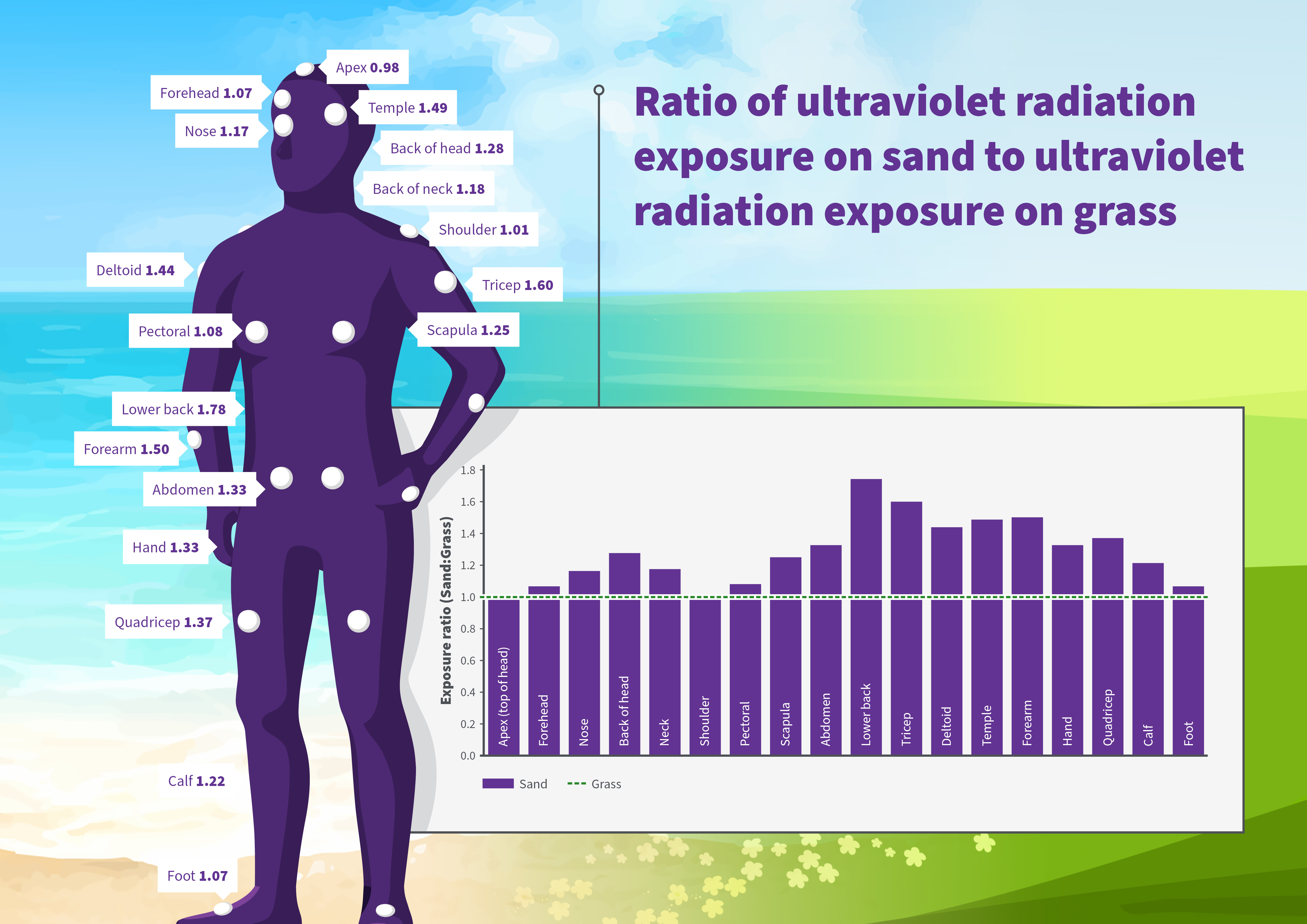Japanese study assesses the relationship between Wi-Fi, mobile and cordless phones and children’s behaviour
Article review date
August 2024
Article publication date
August 2024
ARPANSA summary
This prospective cohort study examined the association between exposure to radiofrequency electromagnetic energy (RF-EME) from the use of Wi-Fi, cordless and mobile phones, and behavioural problems among children. The study included 2,465 children (aged 8-17 years) from the Hokkaido Study on Environment and Children's Health. Data on the use of Wi-Fi, cordless and mobile phones was collected from parent-child dyads at baseline (October 2020-January 2021). Data on the children’s behavioural problems were collected at baseline and follow-up (September 2021-March 2022) via a Strength and Difficulties Questionnaire (SDQ). The children were categorized into four groups of composite measure of behaviour stability: normal (i.e., no difficulty at baseline and follow-up), persistent (borderline/clinical at baseline and follow-up), improved (borderline/clinical at baseline and normal follow-up), and concurrent (normal at baseline and borderline/clinical at follow-up). The association between RF-EME and different behavioural problems in children were estimated in terms of odds ratio (OR) with 95% confidence interval (CI).
No overall statistically significant association was found between RF-EMF exposure from Wi-Fi, cordless or mobile phone calls via mobile networks, and behavioural problems. Conducting phone calls via the internet for over 40 minutes weekly had an increased risk (OR 2.01; 95% CI:1.14–3.57) for concurrent total difficulty scores. Mobile phone audio-streaming between 60 to 120 minutes weekly had a reduced risk (OR 0.53; 95% CI:0.30–0.93) for persistent total difficulty score. Cordless phone use was associated with higher odds (OR 1.88; 95% CI:1.24–2.85) of improved total difficulty scores.
Link to study
Published in
Environmental Research
ARPANSA commentary
The study largely showed that no association was found between Wi-Fi, mobile phone calls via mobile networks, and behavioural problems. However, there were a few sporadic findings showing both positive and negative effects. It is likely that these may have been affected by confounding or chance findings. A major limitation of the study is that the data on the uses of Wi-Fi and mobile and cordless phones were self-reported or reported by a parent on behalf of their child, which results in recall bias and an inaccurate estimation of the effect. Another major limitation is that any effects arising from RF-EME exposure could not be distinguished from effects that result from the activities themselves (e.g., texting, gaming/streaming and social media use).
Overall the results of the study are consistent with the findings of the latest World Health Organization review and two Australian studies (Bhatt et al., 2017; Thomas et al., 2011). The effect exposure to RF-EME sources on cognition has been reviewed by the International Commission on Non-Ionising Radiation Protection (ICNIRP) in their 2020 guidelines and they concluded that there is no substantiated experimental or epidemiological evidence that exposure to RF-EME affects cognition. Overall, there remains no consistent scientific evidence that exposure to RF-EME below the limits set in ARPANSA safety standard, which is aligned with the ICNIRP guidelines, is a hazard to human health.



